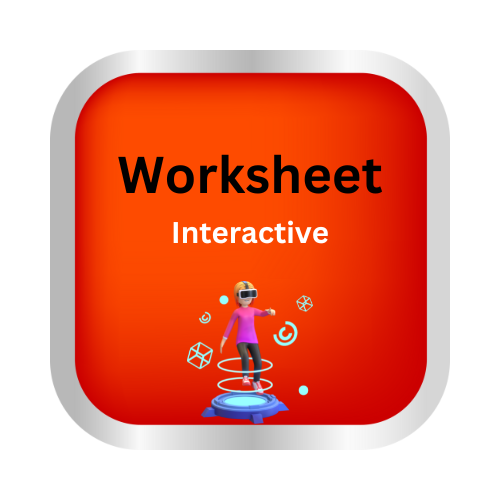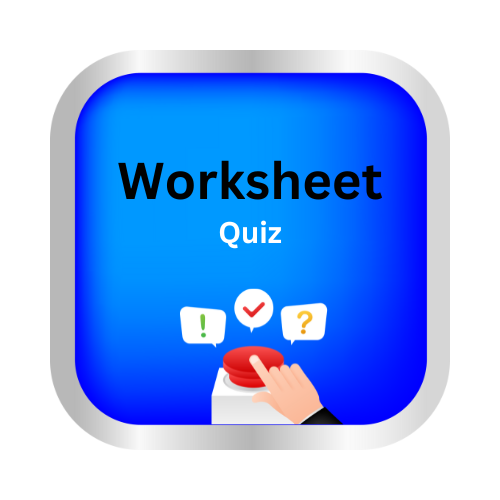The Lever

Key Notes:
What is a Lever?
– A lever is a simple machine that helps us move or lift objects with less effort.
– It consists of a rigid bar or plank that pivots on a point called the fulcrum.
– Levers make work easier by allowing us to apply a smaller force over a longer distance to move a larger object over a shorter distance.
Parts of a Lever:
1. Fulcrum: The point where the lever pivots or rotates.
2. Load (Resistance): The object you want to move or lift with the lever.
3. Effort (Force): The force you apply to move the load.
4. Arm: The part of the lever from the fulcrum to the point where you apply force (effort).
5. Load Arm: The part of the lever from the fulcrum to the load.

Types of Levers:
Levers are categorized into three classes based on the relative positions of the fulcrum, effort, and load:
1. First-class lever: The fulcrum is in the middle, between the effort and the load. Example: A seesaw.
2. Second-class lever: The load is in the middle, between the fulcrum and the effort. Example: A wheelbarrow.
3. Third-class lever: The effort is in the middle, between the fulcrum and the load. Example: A broom.
How Levers Work:
– When you push or pull on one side of the lever (the effort), the lever pivots around the fulcrum, allowing you to lift or move the load on the other side.
Advantages of Levers:
– Levers help us do tasks with less effort.
– They allow us to lift heavy objects, like using a crowbar to lift a heavy rock.
Examples of Levers in Everyday Life:
– Opening a door with a doorknob (first-class lever).
– Using a shovel to dig (second-class lever).
– Using a fishing rod (third-class lever).
– Using scissors to cut paper (first-class lever).
Conclusion:
Levers are simple machines that make our daily tasks easier by allowing us to move or lift objects with less effort. Understanding how levers work can help us in various aspects of our lives and make tasks more manageable.
Let’s practice!

